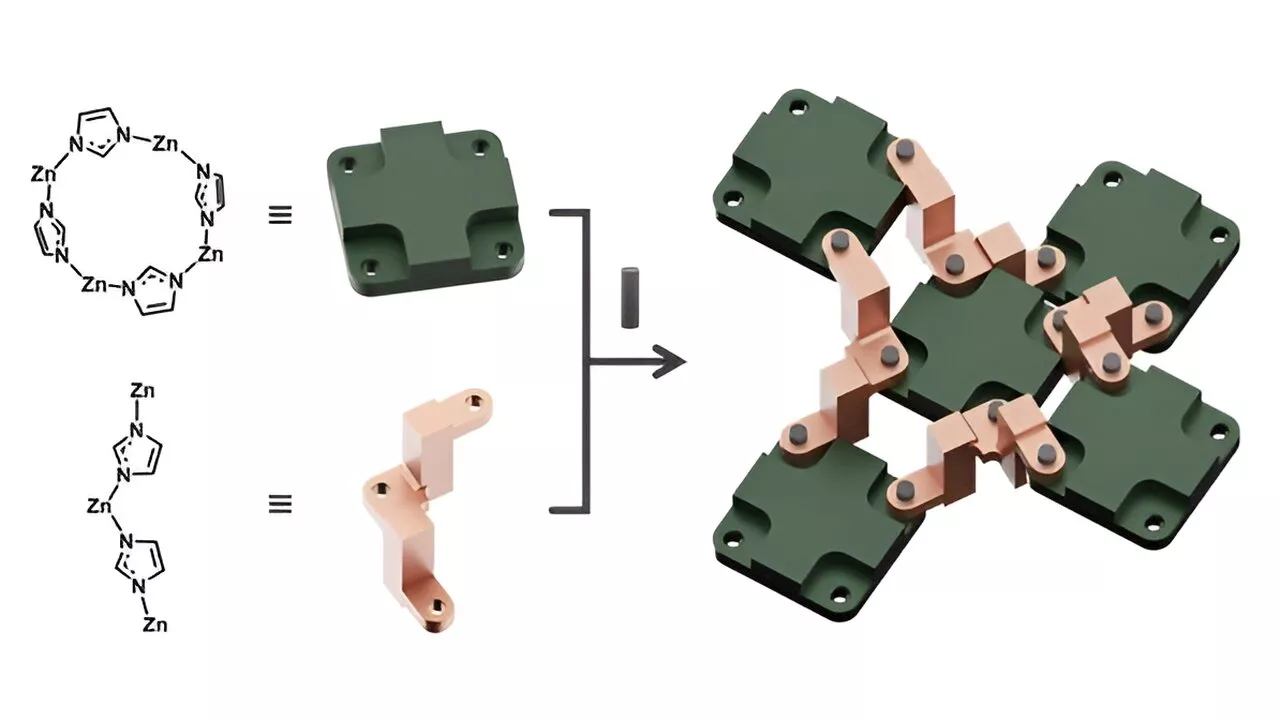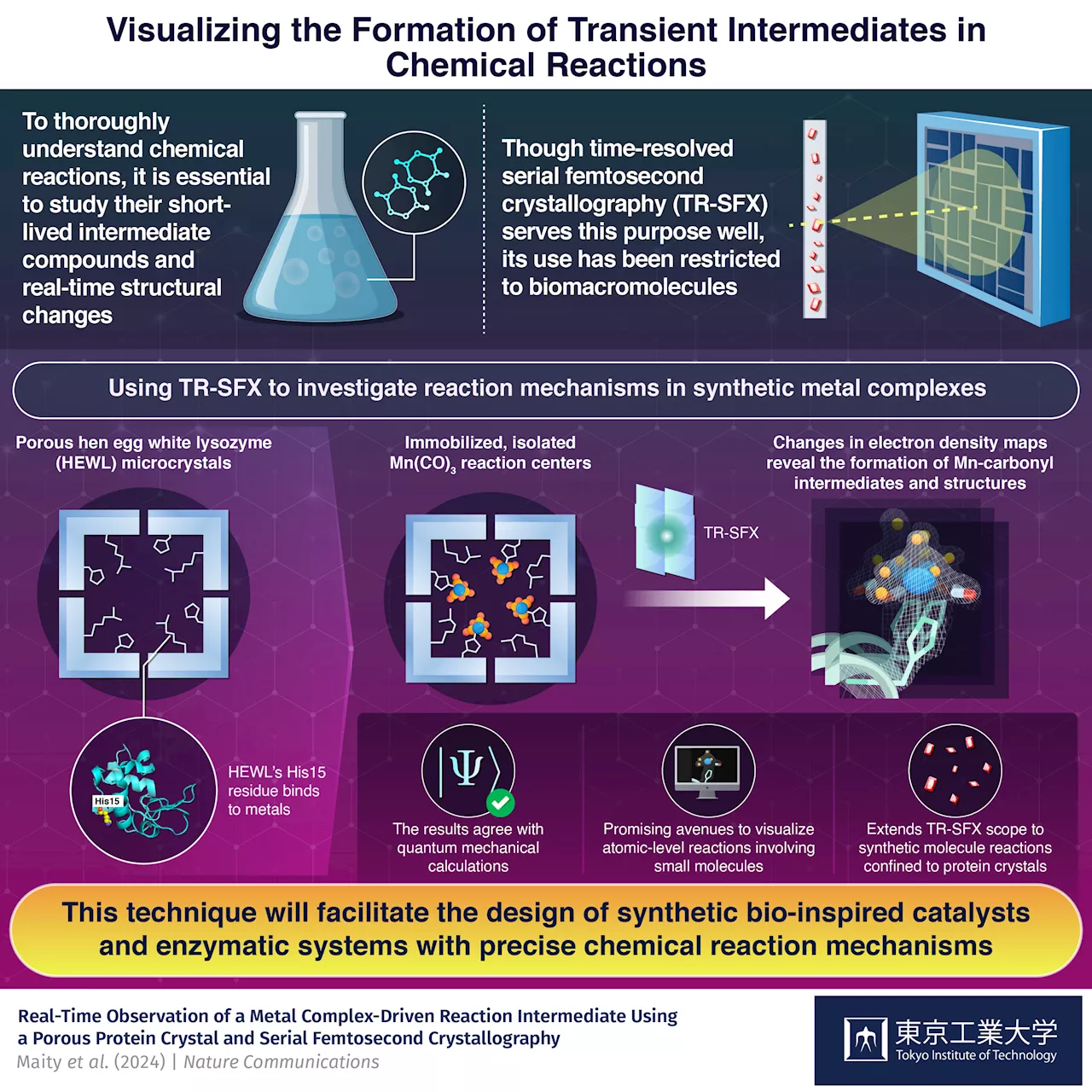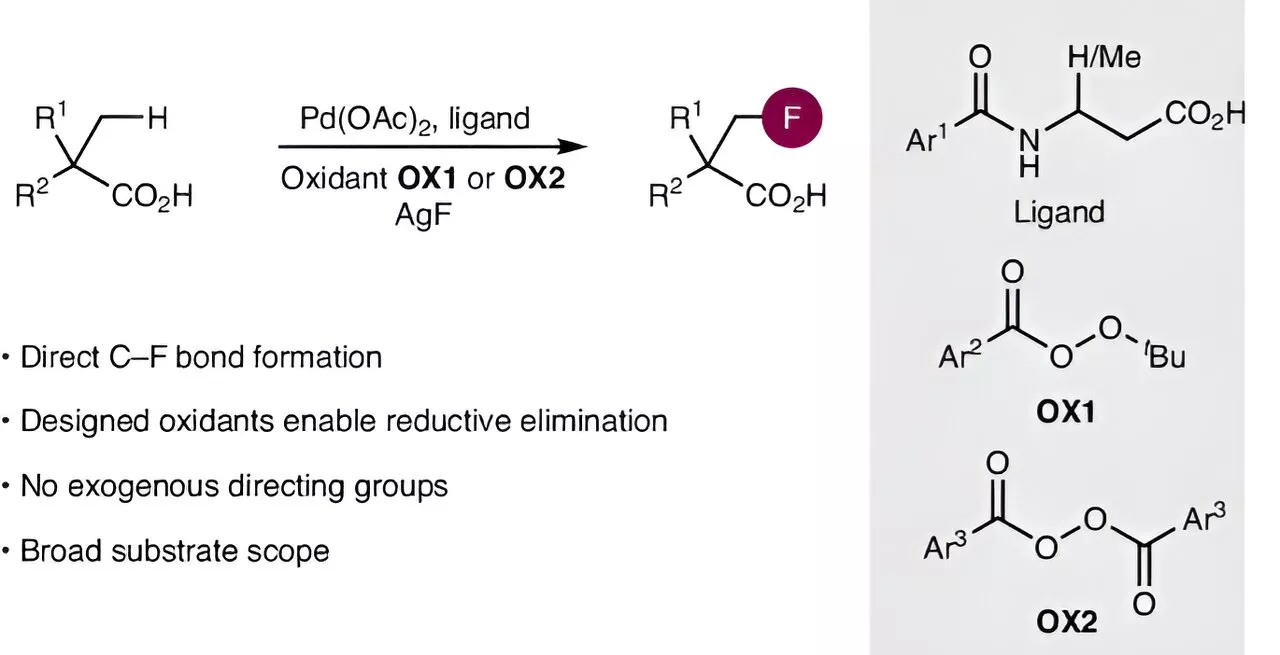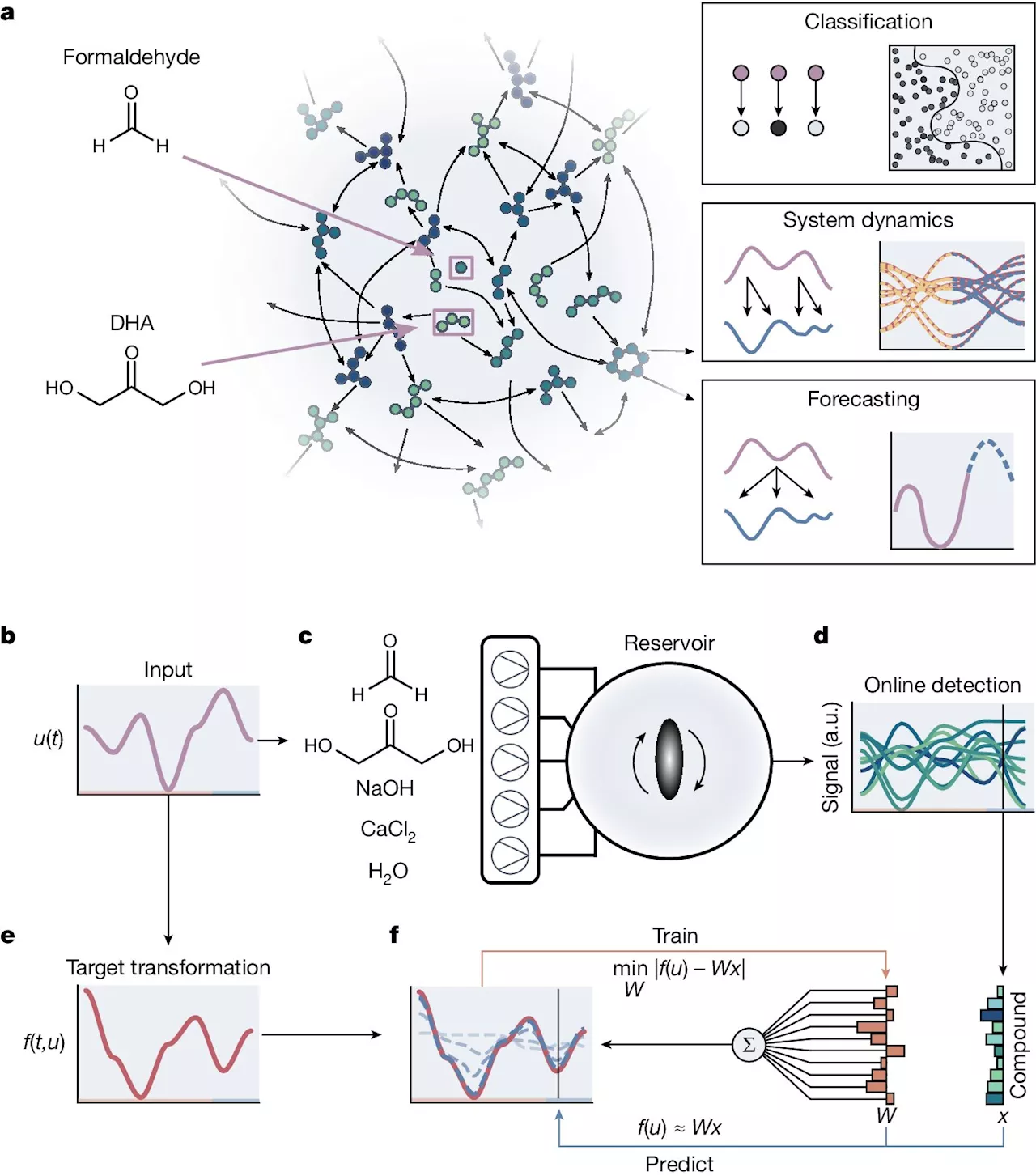Researchers from the Institute for Molecules and Materials at Radboud University, Netherlands, have demonstrated that a complex self-organizing chemical reaction network can perform various computational tasks, such as nonlinear classification and complex dynamics prediction.
Scientists demonstrate chemical reservoir computation using the formose reaction retrieved 13 July 2024 from https://phys.org/news/2024-07-scientists-chemical-reservoir-formose-reaction.html
This document is subject to copyright. Apart from any fair dealing for the purpose of private study or research, no part may be reproduced without the written permission. The content is provided for information purposes only.Use this form if you have come across a typo, inaccuracy or would like to send an edit request for the content on this page. For general inquiries, please use ourThank you for taking time to provide your feedback to the editors.
Your feedback is important to us. However, we do not guarantee individual replies due to the high volume of messages.to let the recipient know who sent the email. Neither your address nor the recipient's address will be used for any other purpose. The information you enter will appear in your e-mail message and is not retained by Phys.org in any form.Get weekly and/or daily updates delivered to your inbox.
Physics News Science News Technology News Physics Materials Nanotech Technology Science
Nigeria Latest News, Nigeria Headlines
Similar News:You can also read news stories similar to this one that we have collected from other news sources.
 Scientists determine that connexin molecules allow cells to send messages to each otherResearchers have gained new knowledge of how drugs bind to connexin molecules. These molecules form channels that allow neighboring cells to send direct messages to one another. Dysfunctions of these channels are involved in neurological and cardiac diseases.
Scientists determine that connexin molecules allow cells to send messages to each otherResearchers have gained new knowledge of how drugs bind to connexin molecules. These molecules form channels that allow neighboring cells to send direct messages to one another. Dysfunctions of these channels are involved in neurological and cardiac diseases.
Read more »
 How scientists build rotatory machines with moleculesMachines have evolved to meet the demands of daily life and industrial use, with molecular-scale devices often exhibiting improved functionalities and mechanical movements. However, mastering the control of mechanics within solid-state molecular structures remains a significant challenge.
How scientists build rotatory machines with moleculesMachines have evolved to meet the demands of daily life and industrial use, with molecular-scale devices often exhibiting improved functionalities and mechanical movements. However, mastering the control of mechanics within solid-state molecular structures remains a significant challenge.
Read more »
 Scientists investigate fast reaction dynamics in synthetic molecules immobilized in porous protein cagesImmobilizing small synthetic molecules inside protein crystals proves to be a promising avenue for studying intermediate compounds formed during chemical reactions, report scientists from Tokyo Tech.
Scientists investigate fast reaction dynamics in synthetic molecules immobilized in porous protein cagesImmobilizing small synthetic molecules inside protein crystals proves to be a promising avenue for studying intermediate compounds formed during chemical reactions, report scientists from Tokyo Tech.
Read more »
 Revolutionary Genetics Research Shows RNA May Rule Our GenomeScientists have recently discovered thousands of active RNA molecules that can control the human body
Revolutionary Genetics Research Shows RNA May Rule Our GenomeScientists have recently discovered thousands of active RNA molecules that can control the human body
Read more »
 Novel synthesis of fluorinated molecules with potential in drug researchCarboxylic acids are one of the most important substance classes in chemistry and are a component of many drugs such as aspirin and ibuprofen. To tailor the properties of carboxylic acids, fluorine atoms can be introduced into the molecular structure. However, this requires complex, multi-step synthetic routes.
Novel synthesis of fluorinated molecules with potential in drug researchCarboxylic acids are one of the most important substance classes in chemistry and are a component of many drugs such as aspirin and ibuprofen. To tailor the properties of carboxylic acids, fluorine atoms can be introduced into the molecular structure. However, this requires complex, multi-step synthetic routes.
Read more »
 Team creates custom-made molecules designed to be invisible while absorbing near-infrared lightGetting a molecule to do what you want it to do is not always easy. An organic molecule will absorb only certain wavelengths of light based on its arrangement of electrons, which can be difficult to fine tune. Even so, the ability to make substances that respond to only specific ranges of the spectrum could lead to important new applications.
Team creates custom-made molecules designed to be invisible while absorbing near-infrared lightGetting a molecule to do what you want it to do is not always easy. An organic molecule will absorb only certain wavelengths of light based on its arrangement of electrons, which can be difficult to fine tune. Even so, the ability to make substances that respond to only specific ranges of the spectrum could lead to important new applications.
Read more »
